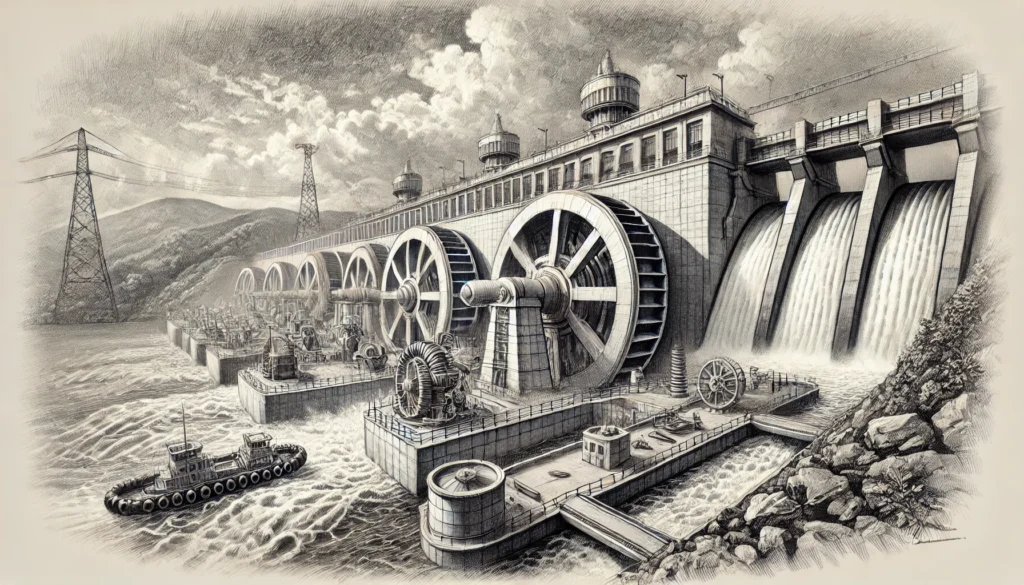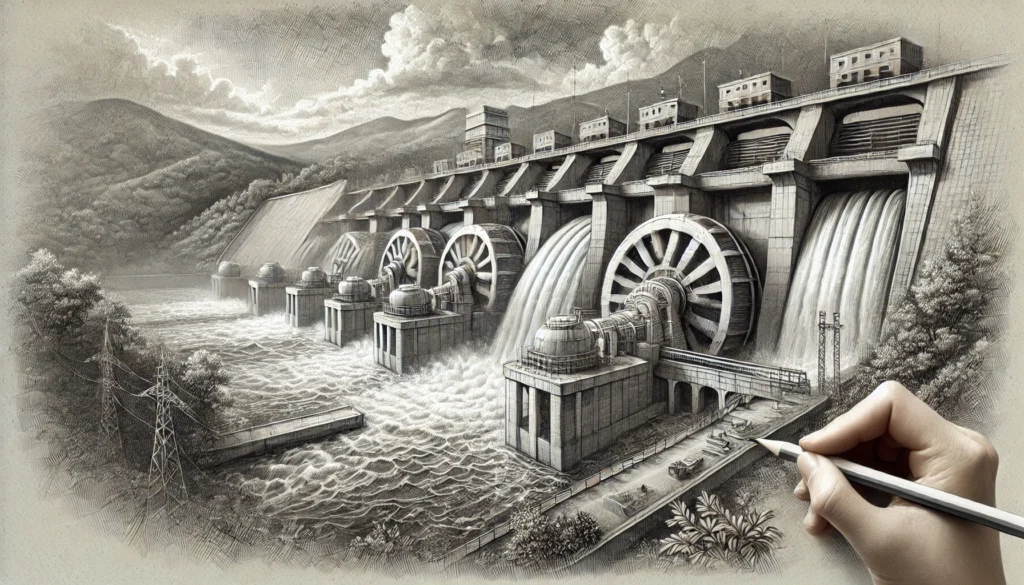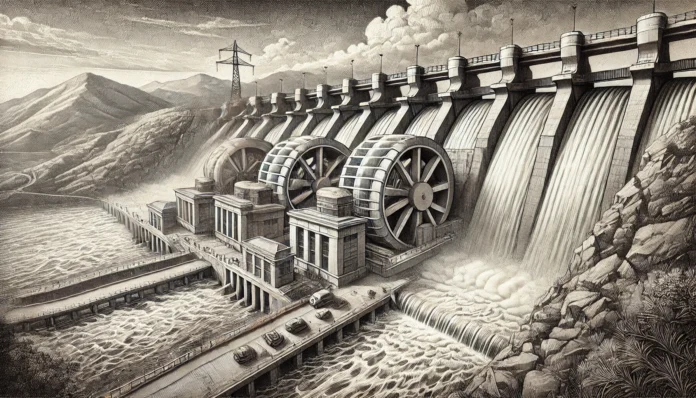Hydro power hecho con lápiz might sound like a school science project, but is it possible to generate real energy this way?
People everywhere are looking for ways to harness energy from simple materials.
Could something as basic as a pencil hold the key to hydro power?
Let’s break it down, no fluff, no filler—just facts, real examples, and the truth about whether this works.
How Does hydro power hecho con lapiz Work?
hydro power hecho con lapiz is all about using flowing water to generate electricity.
Dams, turbines, and generators convert kinetic energy into electrical power.
Think of it like a water wheel—except instead of grinding grain, it’s lighting up homes.
Rivers, streams, or even rainwater can power small hydroelectric setups.
The question is: where does a pencil fit into all of this?

Hydro Power Hecho con Lápiz: Science or Myth?
Pencils contain graphite, which is a conductor.
Some claim you can use a pencil to make an electrode in a homemade hydro power hecho con lapiz system.
In theory, if you set up a mini waterwheel and connect it to a circuit using graphite as a conductor, you could generate a tiny bit of power.
But does it actually work in a practical setting?
The short answer: Not in a way that will replace real hydro power.
A pencil alone isn’t a viable energy source.
But it can be a part of a DIY experiment showing how electricity moves through water.
Real-Life Experiments: Can a Pencil Conduct hydro power hecho con lapiz?
There are plenty of YouTube videos showing pencils used in simple circuits.
The idea is that water movement can generate static electricity, and the pencil (graphite) helps complete the circuit.
Here’s a simple experiment:
- Take two sharpened pencils and connect them to a small LED light.
- Submerge the graphite tips in a small stream of moving water.
- Connect the other ends to a basic motor or battery.
- Measure if any voltage is produced.
Most experiments show low or no measurable power.
Graphite is a weak conductor compared to proper wiring.
For small-scale science projects, this works to show conduction, but don’t expect to charge your phone with it.
Where hydro power hecho con lapiz Really Works (Without a Pencil)
If you’re serious about hydro power, here’s what actually works:
- Micro-hydro systems – Small turbines in streams can power homes.
- Pelton wheels – Water pressure spins a wheel, generating power.
- Hydraulic rams – Move water uphill without electricity.
- Pico hydro – Generates a few watts, enough for small devices.
If you’re thinking of powering a cabin or remote home, forget the pencil and go with a real water turbine.
Is There Any Practical Use for Hydro Power Hecho con Lápiz?
If you’re in school and want to show how graphite conducts electricity, sure.
If you’re looking for a free, renewable energy source, a pencil won’t cut it.
The best way to use water for power is through proper hydroelectric systems.
Want a real DIY energy project? Try building a small waterwheel generator instead.
Common Myths About Hydro Power Hecho con Lápiz
- Myth: A pencil can generate electricity from water.
- Reality: Graphite is conductive, but it doesn’t generate power.
- Myth: A pencil can replace wires in hydro power.
- Reality: Graphite is a weak conductor and inefficient for real circuits.
- Myth: Hydro power can be made from household items.
- Reality: Small-scale hydro requires real generators and turbines.

What You Can Actually Do With a Pencil and Water
- Simple conductivity experiments – Show how water affects electrical flow.
- Electrolysis projects – Use a pencil as an electrode to separate water into hydrogen and oxygen.
- DIY battery experiments – Use pencil graphite as part of a basic circuit.
Fun for learning, but not for real power generation.
FAQs About Hydro Power Hecho con Lápiz
Can a pencil really generate hydro power hecho con lapiz?
No. A pencil can conduct small amounts of electricity but won’t generate power.
Is graphite a good conductor for hydroelectric power?
Not really. It’s weak compared to copper or aluminum.
What’s the best way to generate hydro power hecho con lapiz at home?
A micro-hydro generator or a Pelton wheel system is the best DIY option.
Can I use household items to make hydro power?
You can make small science experiments, but real hydro power requires a proper setup with turbines and generators.
Are there better DIY renewable energy options?
Yes! Solar panels and wind turbines are easier for small-scale projects.
Final Word on Hydro Power Hecho con Lápiz
If you’re looking for a cool science project, a pencil can help you understand conductivity and simple circuits.
If you want real hydro power hecho con lapiz, you need actual turbines and generators.
So, can a pencil power your home?
Not a chance.
But it can teach you something about how electricity works.
And that’s still pretty cool.
For real hydro power solutions, check out this guide on micro-hydro systems.
Hydro power hecho con lápiz might be a myth, but learning about energy? That’s always worth it.


